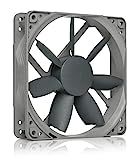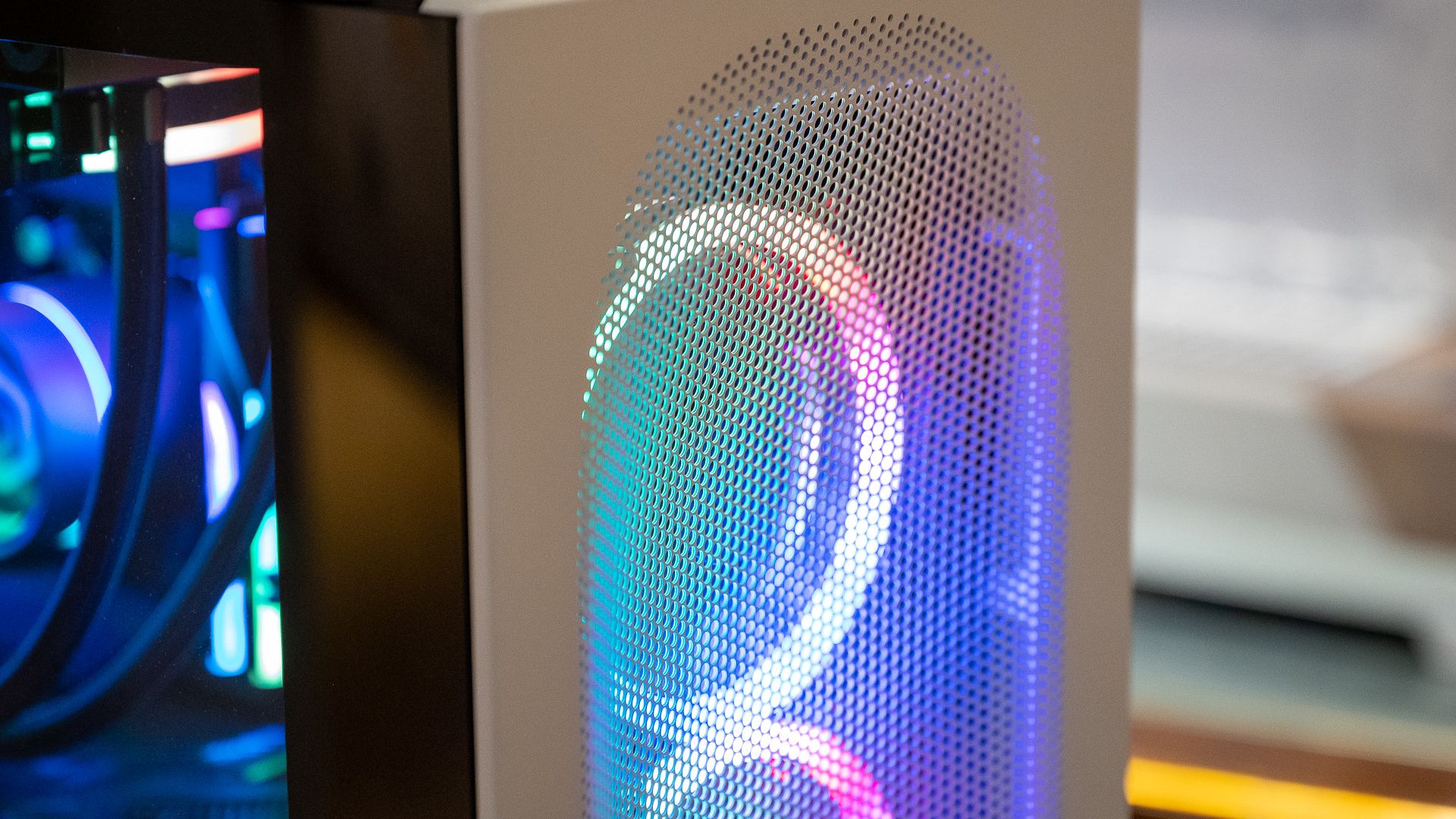Key Takeaways
PWM fans are quieter, more controllable, and have a longer life, making them generally better than DC fans. If you're on a budget or building a PC where constant fan speeds are necessary, DC fans will work just as well as PWM fans.
If you're building a PC, fans may not be the first component you think of, but they're still important. When going for an air-cooled build, you have the option of DC or PWM fans, but which is better?
What Is a DC Fan?
As the name implies, a DC fan is a computer fan that runs on direct current from your PC's power supply or through the motherboard. These fans use a three-pin connector with a power supply pin, a ground pin, and a signal pin.
The first two pins provide power, while the signal pin reads information about how fast a fan's blades are spinning. Because of this, this pin is also frequently known as the tachometer pin. This lets your PC monitor fan speeds and alert you if a fan stops spinning.
DC fans can either run at a constant speed or change speeds as controlled by the motherboard. For a lower speed, the motherboard sends less voltage into the fan. 12 volts is the typical DC fan voltage and the most common, but DC fans also come in voltages from 5V to 48V.
DC fans are the more "traditional" type of computer fan. If you look at a PC build from the previous 10 or even 20 years, chances are good that the fans are basic DC fans.
What Is a PWM Fan?
While they're referred to differently, a PWM fan is essentially a DC fan with one extra pin that entirely changes how the fan works. This fourth pin carries a pulse width modulation (PWM) signal that quickly turns the fan on and off.
DC fans use varying current to control fan speeds. PWM fans, on the other hand, only use a constant voltage, usually 12V. To control the speed of the fan, the PWM signal turns the fan on and off thousands of times per second.

Noctua NF-S12B redux-1200 PWM
The Noctua NF-S12B redux-1200 PWM fan combines effective cooling with quiet operation, making for a workhorse fan you can rely on.
This may not sound efficient, but PWM fans offer much more precise control over exactly how fast the fan spins.
PWM Fans vs. DC Fans
One of the most important differences between PWM fans and DC fans is the number of pins used for the connector. DC fans use three-pin connectors, while PWM fans use four-pin connectors. Each type of fan has power, ground, and signal pins, with PWM adding a fourth pin for PWM.
As mentioned above, while both DC and PWM fans can vary their speeds, PWM offers more precise control. In terms of real-world performance, this doesn't make for much of a difference between each type of fan, but there are significant differences in how they work.
First, DC fans have a minimum speed, and if you provide too little voltage, the fan can stall. With PWM fans, the voltage remains constant, with PWM controlling the fan motor directly, which means you don't need to worry about stalling.
This also means that PWM fans can typically spin slower than their DC counterparts. When a computer doesn't need much cooling, slowing the fans lets it keep noise levels lower. In general, PWM fans are quieter than DC fans.
Because they can more easily spin down, PWM fans generally wear less over time. Obviously, this varies across manufacturers and use cases, but PWM fans typically last longer than their DC counterparts.
There is one other area where the varying voltage of DC fans is an issue: noise. DC fans operating at less than their normal voltage of 12V will create electrical noise. If you're using your PC for audio production, this noise can be a major problem.
Which Is Better?
Despite the clear advantages of PWM fans, you'll still find DC fans included in most pre-built PCs. Even cases with included fans typically use DC fans rather than PWM. This is mainly for cost reasons, as DC fans are cheaper.
That said, DC fans aren't just the more affordable option. If you're building a PC that will have a regular workload, DC fans spinning at a constant RPM will offer plenty of cooling power along with a relatively long life.
If you want more control over your PC, PWM is generally the way to go. While you'll pay a little more up front, you'll save over time thanks to the long lifetime of PWM fans. PWM fans also win when it comes to a quiet PC build.
Even so, you can't use a fan you don't have connectors for, so in many cases, you'll decide between DC and PWM fans based on which types of connectors you have available. Check your motherboard's headers to make sure you're buying the right fan for your PC.

